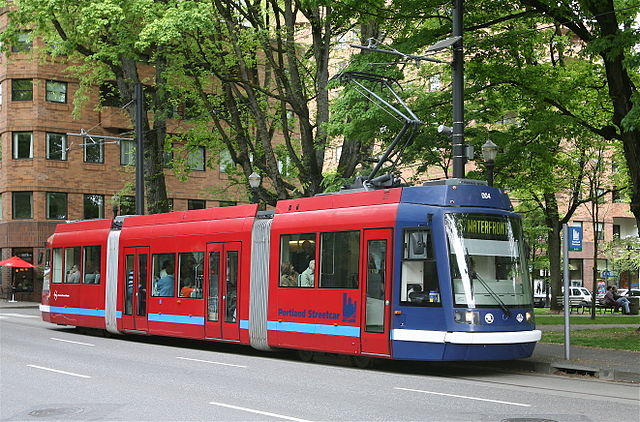The Federal Transit Administration released is annual recommendations for 2018 federal capital grants to local transit projects, a.k.a. New Starts report. Usually, the report went through all sorts of gyrations rating each projects by various criteria.
This year, the criteria, or rather criterion, was simple. Had the FTA already agreed to fund the project with what is known as a full-funding grant agreement, or FFGA? If yes, then the project would be funded. If no, it would not be funded.
Yet a footnote indicated two exceptions: “The FFGA for the Caltrain Peninsula Corridor Electrification Project is planned to be signed shortly and the Maryland National Capital Purple Line FFGA remains under review due to pending litigation.” Yet neither of these exceptions should be made. Continue reading








